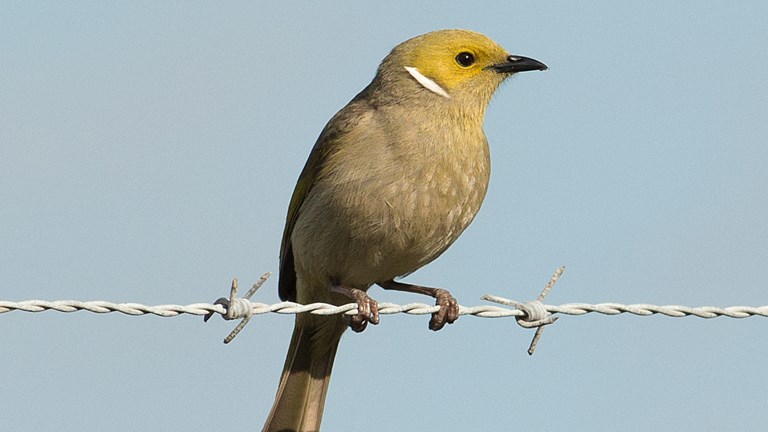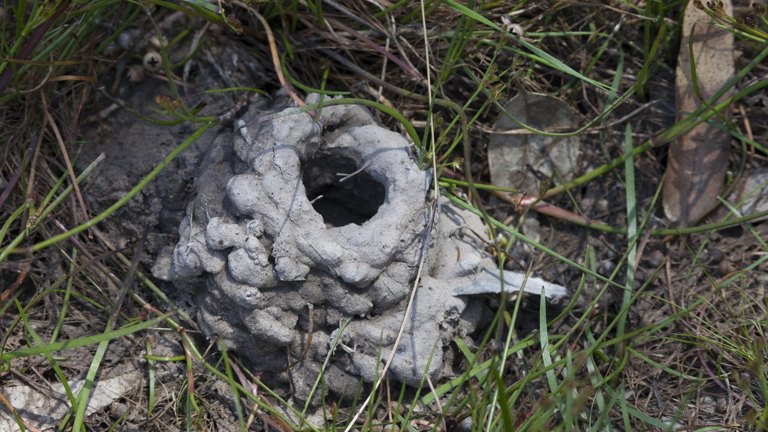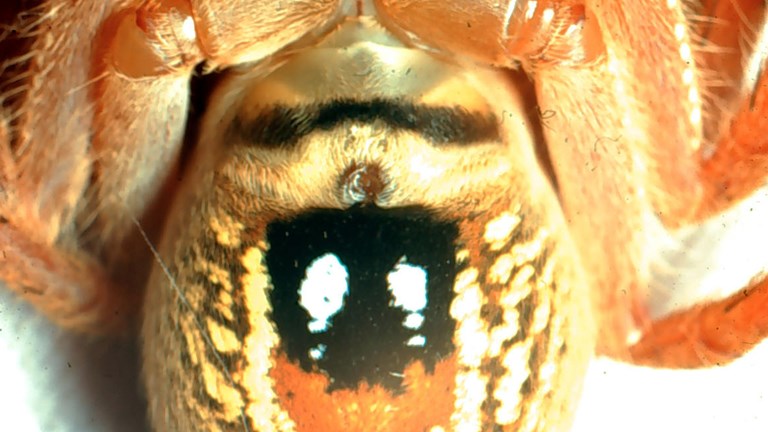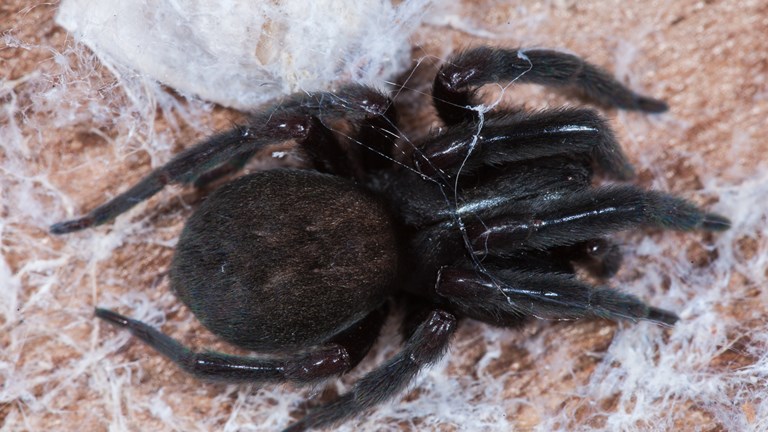
Birds and birdwatching
Birds are highly visible and vocal, spectacularly diverse and fascinating to watch and study.
Have you ever wanted to carry out fieldwork like our museum staff? Join Simon Hinkley, Collections Manager in Terrestrial Invertebrates, as he explains how you can carry out fieldwork in your own backyard or even a local park.
Read on to find out how to do your own Backyard Bioblitz, which will hopefully lead you to some amazing discoveries close to home!
A Bioblitz is a kind of field work, where different kinds of natural scientists (like herpetologists, entomologists, mammalogists, and more) get together and use observational techniques to record all the living species in a particular area at a particular time. Sometimes, the public are encouraged to watch, or even help!
Fieldwork is the collecting of specimens or information on species from a real, uncontrolled environment (instead of an artificial space, like a lab or classroom).
It means you have to go out to where the 'stuff' is likely to be living - be it in the garden, in the park, deep in the ocean or around your pot plants on the verandah! They don’t have to be species that are still living today – some people do fieldwork looking for dinosaur fossils. Anyone who is interested in nature can do fieldwork – you don’t have to be an expert. Some very important observations have been made by people who aren’t scientists.
The purpose of fieldwork is to increase our knowledge of the natural world. If we want to conserve the natural world, its beautiful sites and the species that live in it we have to know about them. We need information on where they live, how many there are, and to know if the population is increasing or decreasing. A bonus is that doing fieldwork can also be a lot of fun and you can see some amazing and beautiful things.
Often people think that everything that lives in or near our cities, suburbs or towns has been found and so there is no point looking. Nothing could be further from the truth. Doing fieldwork in man-made areas – as well as natural areas – helps us understand what can put up with living near us humans and what prefers to stay away from our gardens and houses. Plus, nature is constantly changing; when we have a drought, often birds from drier parts of the state end up coming in to Melbourne to take advantage of the water and food in the parks and peoples’ backyards.

Birds are highly visible and vocal, spectacularly diverse and fascinating to watch and study.

Learn about land crayfish and their burrows.

At some times in a spider’s life it is easy to tell, but at other times it can be impossible.

At Museums Victoria we are often asked: “What kind of spider is this? It was in my house! Is it dangerous?”
Museums Victoria acknowledges the Wurundjeri Woi Wurrung and Boon Wurrung Bunurong peoples of the eastern Kulin Nations where we work, and First Peoples across Victoria and Australia.
First Peoples are advised that this site may contain voices, images, and names of people now passed and content of cultural significance.